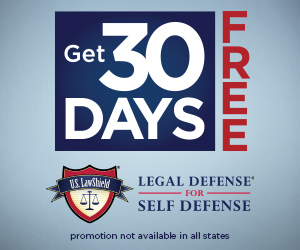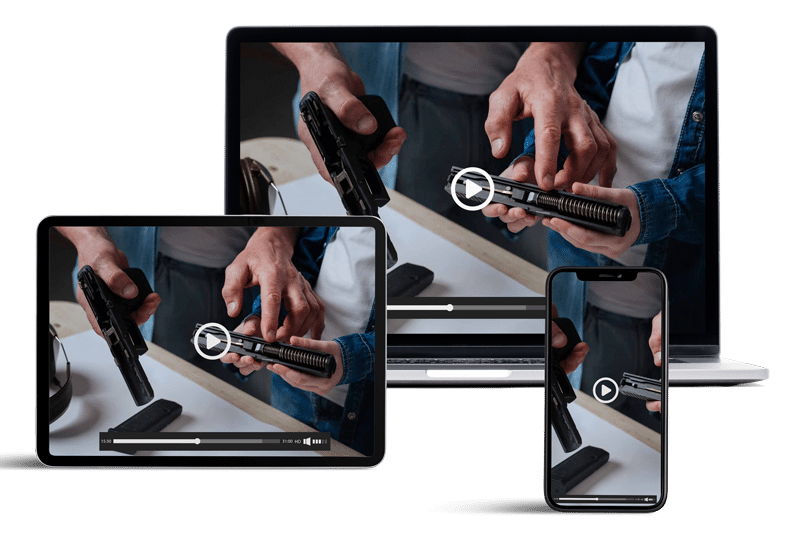Written by: Wesley Littlefield
When I turned 21, I wasn’t excited to hit up the bar or buy some beer at the convenience store. I was, however, looking forward to purchasing a concealed-carry gun and getting my permit.
As with most new concealed carriers, I thought all I needed was a new pistol to begin carrying.
Boy, was I wrong!
I spent the following few months purchasing items no one told me I would need until after buying my gun. So to save you the frustration and heartache, the following article will guide you to getting all the carry equipment you need.
Holster(s)
It seems obvious now, but being a young kid excited to express my 2A rights, I didn’t think about how I would carry my gun, so I bought a cheap leather inside waistband (IWB) holster.
It worked but made me sweat a lot during the summer, and it didn’t secure my gun.
So I eventually spent several hundred dollars testing various holsters until I settled on one I liked.
I recommend you do the same, starting with Kydex or injection molded plastic holsters because they are the safest. Don’t feel stuck to buying one holster; test out several different brands, materials, and styles until you find one that best fits you.
Whichever holster material and style you choose, ensure to choose one that is safe to carry and use. This means the holster does not collapse in the waistband after you’ve drawn your pistol and maintains enough retention to keep the pistol securely holstered even during rigorous activity.
Kydex and injection molded plastic holsters from reputable manufacturers usually meet these requirements and won’t break the bank.
Spare Magazines
One of the worst things that could happen during a self-defense situation is running out of ammo, which is why I carry spare mags.
Typically I carry a maximum of two spare magazines; however, I don’t believe there is such a thing as too many.
The size of your mags will be a personal preference as Texas doesn’t have a magazine capacity limit, but if you plan to carry in other states, you will need to be aware of that state’s laws.
I recommend staying with your firearm manufacturer or a well-established aftermarket magazine company.
Don’t skimp on your magazines.
Cheap mags jam more, and that’s not something you want happening while defending yourself and your family.
Ammo
Unlike buying a holster, I expected to purchase ammo. However, I didn’t expect the jump in price from my range ammo to my carry ammo, and as a responsible shooter, I need both.
My 9mm range ammo is typically FMJs or TMJs because it’s less expensive, so I can spend more time at the range without emptying my wallet on ammo.
I use JHPs (once again, check the state you’re carrying in) when I carry in Texas because they’re less likely to over-penetrate and more likely to stop the threat quickly.
It’s best to own at least a few hundred rounds of each, which should be a minimum amount of ammo.
It should be clear why you need a lot of range ammo, but you or your spouse might object to why you need so much carry ammo.
The reason is that you should be training with both. Do most of your training with the less expensive ammo, and fine-tune your skills with your carry ammo.
I tested several brands to see which one functioned best in my Smith & Wesson MP Shield, and that’s the only ammunition I carry now. I recommend doing the same to discover the best-performing ammunition in your carry gun.
Training Equipment
Every concealed carrier should train, and training doesn’t just mean heading to the range and shooting at a paper target.
One of the best pieces of training equipment I’ve purchased was dummy rounds. I’ll have someone else load my magazine and randomly insert a dummy round. This allows me to practice clearing a malfunction effectively.
I also recommend using a laser training system to save money on ammo. Yes, they’re expensive up-front, but they’ll save you a ton of money in range fees and increased ammo prices.
While these laser training systems don’t fully replicate shooting a firearm, they allow you to train safely in your house.
If you don’t want to spend extra money on more training equipment, you can and should always practice dry firing. Ensure our gun is unloaded and mags are empty, then practice drawing and aiming at a target. This helps you develop muscle memory and react with instinct rather than having to try to think in an intense moment.
Gun Cleaning Kit
It’s critical to keep your carry gun in tip-top shape. Regularly cleaning it is the best way to do that.
I recommend buying a small gun cleaning kit and lubricant if you haven’t already. If disassembling firearms is new to you, for now, YouTube is an excellent resource to show you how to take apart your gun of choice.
Parting Shots
Now that you know which gear you should buy for your new concealed carry gun, you’re much better prepared than when I first began carrying.
Learning about all the gun laws and gear is overwhelming, so hopefully, this article has helped ease your mind and pointed you in the right direction for your next step toward being a responsible gun owner.





